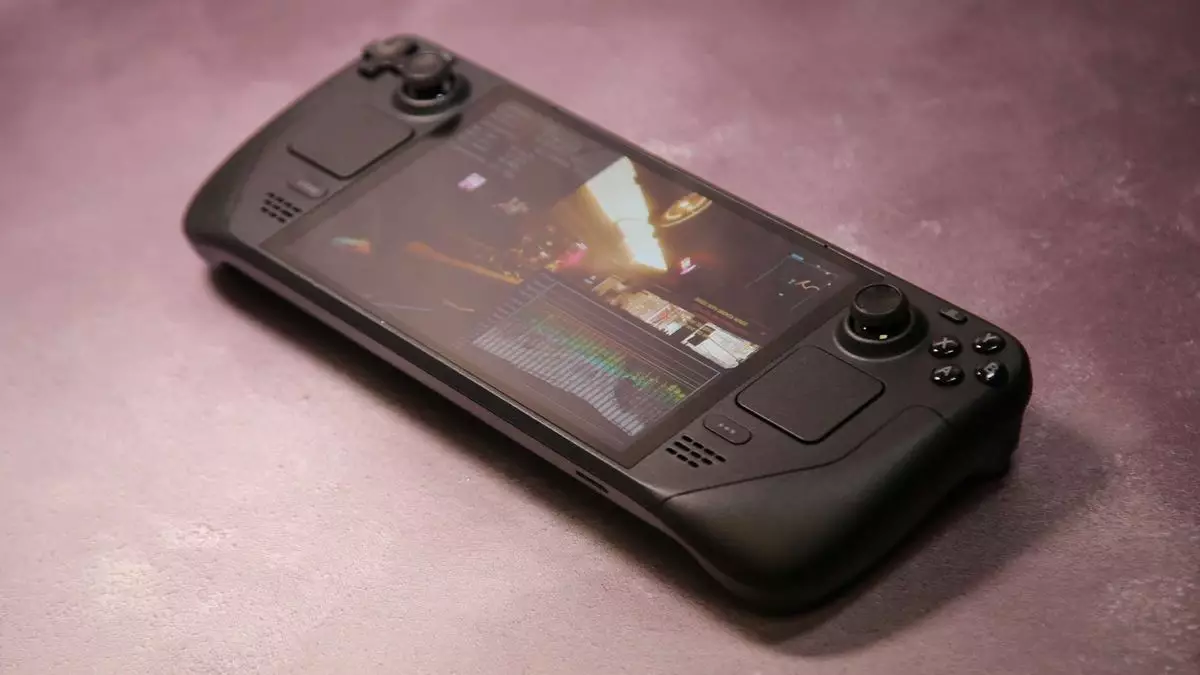As we step into 2024, it’s evident that Valve is not just a passive player in the gaming industry; it’s actively reshaping the landscape. Their comprehensive Year in Review document illustrates a plethora of achievements, most notably in the hardware domain. The Steam Deck has marked itself as a notable contender, with users logging a staggering 330 million hours of gameplay—a remarkable 64% increase from the previous year. This surge is indicative not just of sales but of genuine engagement and enthusiasm from players.
To further contextualize this figure, one can only speculate that a significant chunk of this time was spent on popular titles like Balatro, a gamble that many players have embraced. This robust activity on a handheld gaming device that’s often categorized as niche reflects broader trends: gamers are eager for portable options that do not compromise on quality or performance.
The Awakening of Major Studios
What’s particularly noteworthy is the increasing endorsement of the Steam Deck by industry giants. Square Enix’s affirmation of compatibility with Final Fantasy 7 Rebirth and Ubisoft’s unexpected support for Assassin’s Creed Shadows is a strong signal that Valve’s hardware is being taken seriously. This shift indicates a turning tide as major publishers begin to acknowledge the potential of the burgeoning PC handheld market.
As developers see the value in optimizing their games for the Steam Deck, the device’s stature within the industry is cemented. It is not merely an accessory but a legitimate platform— a strategic move that positions Valve at the forefront of gaming innovation. The rise in player interest is likely influencing these tech titans to rethink their release strategies, ensuring that their titles cater to a multi-faceted player base.
The Bright Future of Hardware at Valve
Valve’s focus, however, isn’t restricted to the Steam Deck alone. The company’s celebration of the forthcoming SteamOS deployment on the Lenovo Go S underlines a broader vision: that of a versatile, SteamOS-powered ecosystem across various devices. This level of adaptability paves the way for a new generation of third-party handhelds, all empowered by SteamOS.
What’s increasingly exciting for tech-savvy gamers is the possibility of retrofitting SteamOS onto existing handhelds like the ROG Ally X and the new MSI Claw. This adaptability not only promotes greater access but also enhances the overall gaming experience by allowing users to consolidate their gaming libraries across different formats, ensuring that a vast array of titles is readily available no matter where they are gaming.
Empowering Developers and Gamers Alike
Valve’s continued advancements in hardware lead us to believe they have a strategic edge. The company’s decade-long investments in UI, Linux compatibility, input support, and other foundational elements are finally coming to fruition. This isn’t just a showcase of new devices; it embodies a cultural shift where gaming is immersive and versatile. The idea that players can enjoy their favorite PC games in more varied environments—from living rooms to backyards to airports—has revolutionary implications.
By ushering in a new era where Steam stands to extend beyond mere storefront capabilities, Valve is, in essence, democratizing the gaming experience. They’re giving power back to developers, who will benefit from enhanced toolsets, enabling them to create richer gaming experiences tailored for diverse platforms.
Valve’s Market Dominance Remains Unshaken
While the immediate future may not present a new iteration of the Steam Deck or an enormous emphasis on living room “Steam Machines,” the overall vision is clear—the trajectory is upward. The potential for users to install SteamOS on more powerful hardware is enticing, signaling that Valve is ready to blur the lines between console and PC, introducing a seamless gaming experience across devices.
Furthermore, Valve’s financial prowess, borne from its robust marketplace, ensures that they have the resources to innovate constantly. The gaming ecosystem is poised for unprecedented growth, driven by Valve’s relentless pursuit of excellence and understanding of consumer desires. This aligns with their mission to transcend gaming as a passive activity, turning it into a communal and engaging experience that resonates across all facets of life.
In an industry rife with uncertainty, Valve stands out as a beacon of innovation, poised to redefine the conventional norms of gaming hardware and software with unyielding resolve.

